Introduction
Dahongpao, or “Big Red Robe,” stands as a crown jewel in the world of oolong teas, revered for its complex flavor profile and storied history. Hailing from the rugged cliffs of China’s Wuyi Mountains, this rock tea (yán chá) embodies the essence of terroir, with mineral-rich soils and mist-shrouded peaks imprinting each leaf with a distinctive roasted, floral character. Yet, unlocking the full potential of Dahongpao requires more than just boiling water—it demands precision, patience, and an understanding of the delicate dance between tea, water, and time. This guide delves into the intricacies of brewing Dahongpao, offering a step-by-step roadmap to craft a cup that honors its legacy while tantalizing the senses.
Understanding Dahongpao Tea
Before diving into brewing techniques, it’s essential to grasp what makes Dahongpao unique. Classified as a Wuyi Yan Cha (岩茶), this tea undergoes semi-oxidation and traditional charcoal roasting, resulting in a balance between the freshness of green tea and the depth of black tea. High-quality Dahongpao leaves are tightly rolled, dark brown with reddish hues, and emit aromas of dark chocolate, roasted chestnuts, and orchid. The tea’s name traces back to a Ming Dynasty legend, where emperors honored the mother trees with red robes for saving a royal’s life. Today, authentic Dahongpao refers to teas cultivated near these ancient trees, though blends are also available.
Selecting the Right Tea Leaves
The journey to a perfect cup begins with sourcing authentic, high-quality Dahongpao. Opt for whole leaves over broken fragments, as intact leaves retain more essential oils and flavor compounds. Look for a uniform appearance—leaves should be twisted, not crushed, with a glossy sheen indicating proper roasting. Avoid teas with a dusty texture or artificial scents, as these may signal poor storage or adulteration. When purchasing, prioritize reputable vendors specializing in Wuyi teas, and consider the roast level: light, medium, or heavy. Newcomers might start with medium-roasted Dahongpao, which offers a harmonious blend of roast and floral notes without overwhelming bitterness.
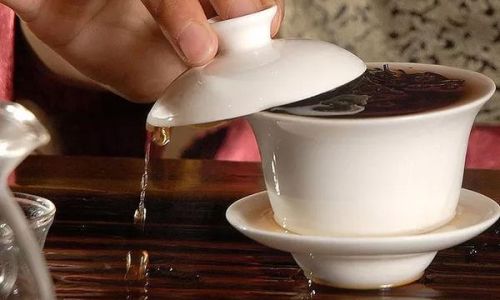
The Importance of Water Quality and Temperature
Water is the unsung hero of tea brewing, capable of elevating or diminishing a tea’s qualities. For Dahongpao, use soft, mineral-free water—spring water or filtered tap water are ideal. Avoid distilled water, as its lack of minerals can flatten the tea’s complexity. The optimal temperature hovers between 90–95°C (194–203°F). Boiling water (100°C) risks scorching the leaves, yielding astringency, while cooler water may under-extract the roasted flavors. To achieve precision, invest in a thermometer or electric kettle with temperature control. If using a traditional stove-top kettle, allow boiling water to rest for 1–2 minutes before pouring.
Choosing the Ideal Teaware
The vessel chosen profoundly influences the brewing process and final taste. Three primary options exist:
-
Gaiwan (盖碗): A lidded porcelain bowl, the gaiwan is a favorite among connoisseurs for its neutrality and heat retention. Its wide shape allows leaves to unfurl fully, while the lid traps aromas. However, mastering the gaiwan requires practice to avoid burns during pouring.
-
Yixing Clay Teapot: Crafted from purple clay, these pots are prized for their porosity, which absorbs tea oils over time, enhancing flavor in subsequent brews. Opt for a pot with a 120–150ml capacity for solo sessions or 200–250ml for sharing. Avoid using soap when cleaning to preserve the pot’s seasoning.
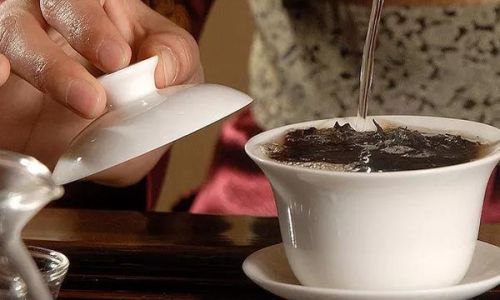
-
Glass Teapot: Ideal for observing the leaves’ dance during infusion, glass teapots are visually stunning but retain less heat. Pair them with a pre-warmed cup or use a tea cozy to mitigate heat loss.
Regardless of the vessel, ensure it’s thoroughly rinsed with hot water before use to eliminate residual odors.
Step-by-Step Brewing Guide
Preheating the Teaware
Begin by pouring hot water into the gaiwan, teapot, and cups. This step, known as “warming the vessels,” maintains brewing temperature and primes the teaware to release the tea’s aromas fully.
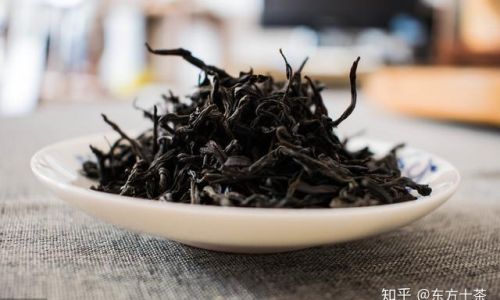
Measuring the Tea
Use 6–8 grams of Dahongpao per 150ml of water—approximately 1.5–2 teaspoons. Adjust based on personal preference; a heavier hand may be needed for densely rolled leaves.
The First Infusion: Awakening the Leaves
Discard the preheating water and add the tea leaves to the gaiwan or teapot. Pour hot water (90–95°C) over the leaves, ensuring full saturation. Immediately decant this initial rinse—a 5–10-second steep—to cleanse the leaves of dust and initiate unfurling. This step is crucial for aged or rolled teas, as it “wakes up” the leaves without extracting bitterness.
Subsequent Infusions: The Heart of the Brew
- First Brew: 10–15 seconds. Pour slowly, circling the vessel to ensure even extraction. The liquor will be pale gold with a delicate floral aroma.
- Second Brew: 15–20 seconds. Flavors intensify, revealing roasted notes and a hint of stone fruit.
- Third Brew: 20–25 seconds. The body thickens, with a lingering sweetness reminiscent of honey or caramel.
- Fourth to Sixth Brews: Increase each steep by 5–10 seconds. The tea reaches its zenith here, balancing astringency and sweetness.
- Seventh Brew and Beyond: Experiment with longer steeps (30+ seconds) as the leaves gradually release their essence.
Decanting and Serving
Use a tea strainer to prevent leaves from entering the cup. For Gongfu-style brewing, employ a “fairness pitcher” (gōng dào bēi) to blend infusions, ensuring consistency. Serve in small, pre-warmed cups to concentrate aromas.
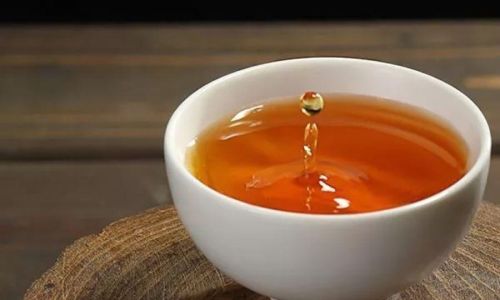
Savoring the Flavor Evolution
Dahongpao’s genius lies in its transformative brews. The first cup may surprise with light floral notes, while the third reveals a robust, roasted character. As infusions progress, look for:
- Aroma: Shifting from orchid and osmanthus to charred oak and dark chocolate.
- Taste: A symphony of sweet, savory, and mineral layers, with a clean, refreshing finish.
- Texture: From silky to viscous, akin to broth.
Common Pitfalls to Avoid
- Oversteeping: Exceeding recommended times extracts tannins, causing bitterness.
- Using Boiling Water: Scorches leaves, masking subtlety.
- Underleafing: Weakens the brew; trust the 6–8g ratio.
- Ignoring Storage: Store Dahongpao in airtight, opaque containers away from light and odors to preserve its roast.
Advanced Brewing Techniques
For enthusiasts seeking depth, consider:
- Pre-Infusion Aeration: Gently shaking the gaiwan with leaves and hot water for 5 seconds before steeping to jumpstart flavor release.
- Cold Brewing: Steep 10g of leaves in 1 liter of cold water for 6–8 hours for a smooth, caffeine-light alternative.
- Yixing Pot Pairing: Dedicate a Yixing pot exclusively to Dahongpao to develop a patina that amplifies its roasted nuances.
The Cultural Tapestry of Dahongpao
Dahongpao is more than a beverage—it’s a bridge to China’s tea heritage. The Wuyi Mountains, a UNESCO site, have cultivated tea for over 1,000 years, with Dahongpao’s mother trees (now protected) dating to the Song Dynasty. In traditional tea ceremonies, brewing Dahongpao becomes a meditation: each step a nod to harmony, respect, and the ephemeral beauty of the present moment.

Conclusion
Brewing Dahongpao is an alchemy of science and art, where water, fire, and leaf converge. By adhering to precise temperatures, thoughtful teaware choices, and a willingness to explore the tea’s evolving infusions, even novices can unlock its multifaceted charm. Remember, perfection lies not in rigid adherence but in adapting the ritual to suit your palate. So, boil the water, measure the leaves, and embark on a journey through the misty peaks of Wuyi—one sip at a time.
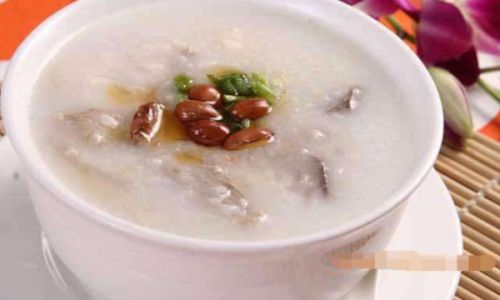
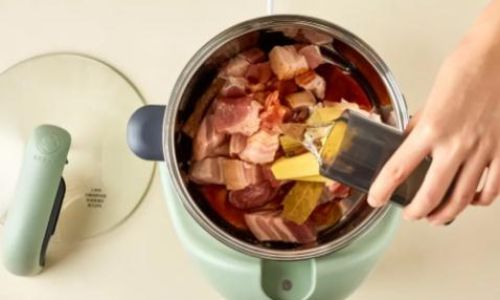
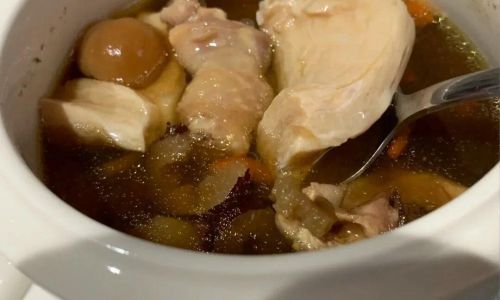
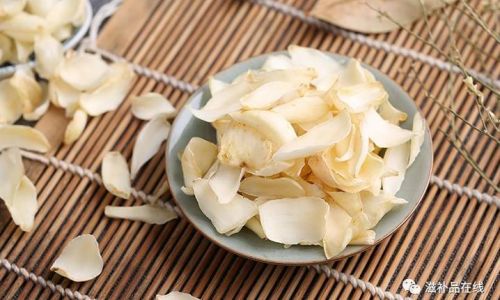
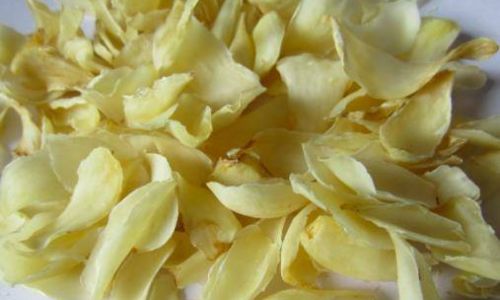
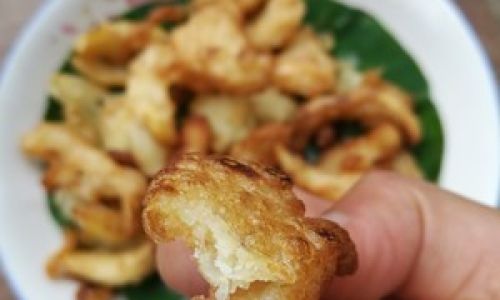
0 comments